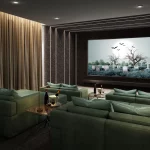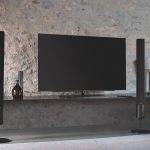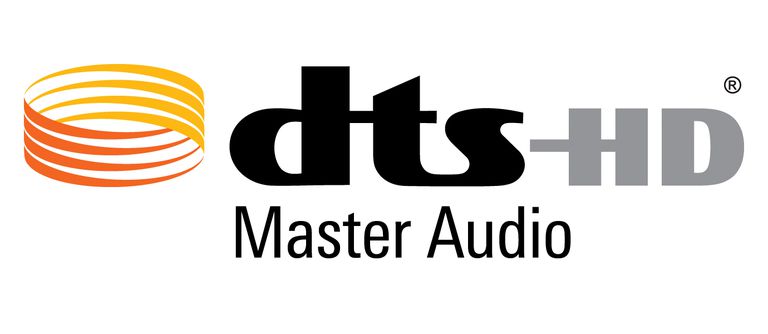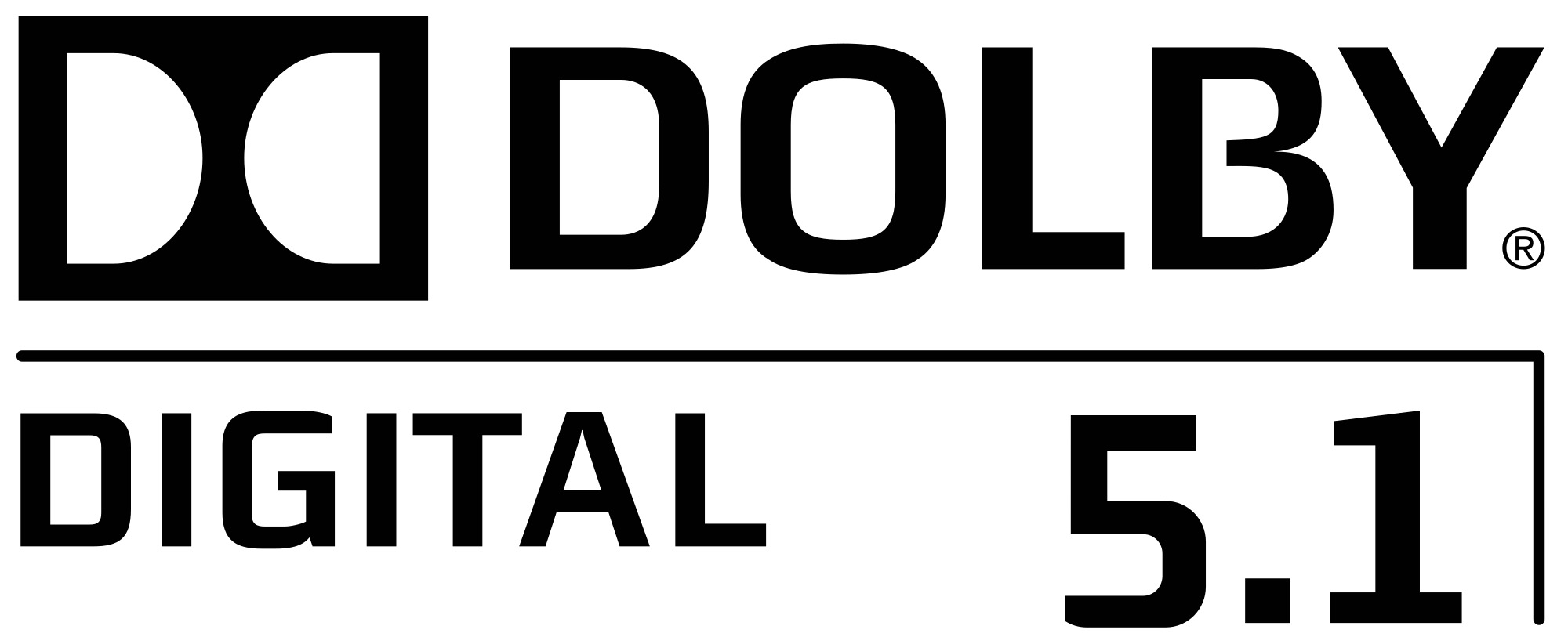Audio video technology continues to make great strides, and in the eternal war of who churns out the best performing product, TV manufacturers have already thrown themselves into the next big challenge. After 4K and 8K smart TVs, it is time for 16K resolution.
For most households, 4K is probably the best compromise between price, performance and quality; especially since 8K content is still scarce. But it must be said 4K also constitutes the minimum that is acceptable these days, so it is inevitable that one day not far off the bar will be raised again. And then the home cinema experience will be even more immersive and incredible, with a level of detail unimaginable to us.
But what is 16K, and will it really be so revolutionary that it will change everything? And most importantly, will they be able to win a place in our living rooms? The answer to these questions is incredibly fascinating.
What does 16K mean?
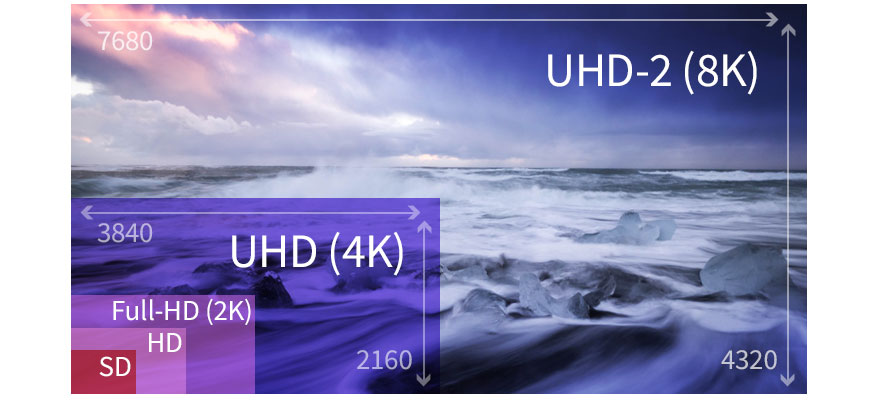
In technical terms, the term 16K refers trivially to the number of pixels in an image. If a 4K TV goes up to 3,840 x 2,160 pixels, an 8K goes as high as 7,680×4,320; a 16K, finally, reaches the incredible resolution of 15,360 x 8,640 pixels. Mathematically speaking, this means that a 16K panel boasts a pixel density 16 times that of 4K, and 8 times that of 8K. On the purely hardware front, in short, that in itself is a huge step forward.
In addition, there is also another important issue concerning this class of devices. As the resolution increases, the pixels that make up the image get smaller and smaller, and therefore emit less light. That is why one of the most important challenging terrains for manufacturers will be that of panel brightness.
In this sense, it is very interesting that the first 16K TV in history, unveiled by Sony in 2019, is 19 meters high and achieves 1,000 nits of brightness, with a 120Hz refresh rate and a 10-bit grayscale, with 99% black surface allowing for very deep blacks and excellent contrast. Too bad only that this was a so-called proof of concept, a prototype; if it were to be produced with the technologies and facilities available now, Engadget estimates, it would cost something like 5 million euros. A price that is way out of scale.
Pros and Cons of 16K
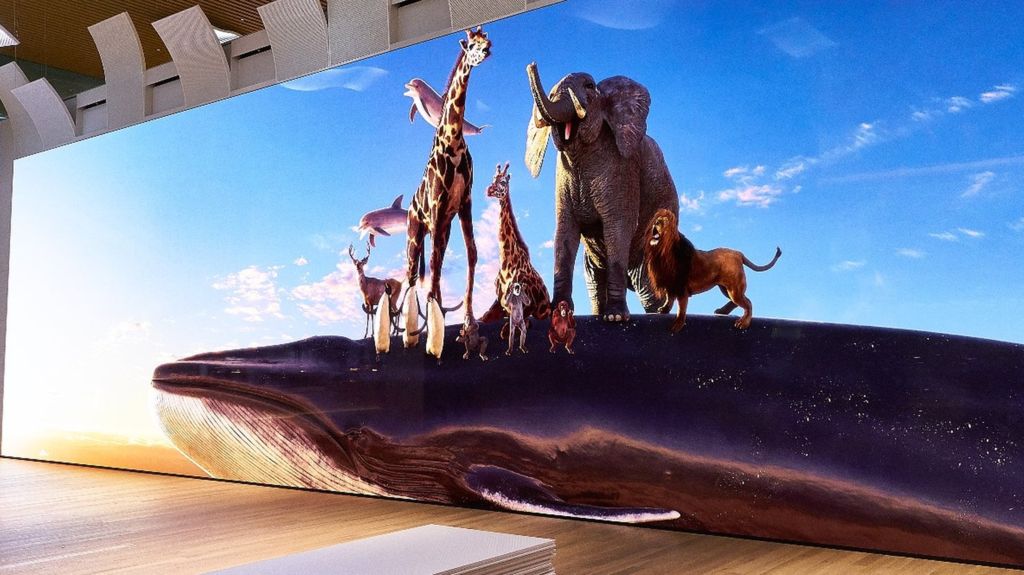
It seems a trivial question to ask: of course, purely theoretically, 16K is better than 4K. But is that really the way things are in the daily routine of our lives? The answer is: yes and no, it depends.
It depends, for example, on the size of the TV that will go in the living room, and most importantly it also depends on the type of content that will be broadcast. If the display is below a certain size, or if the viewer is placed beyond 3 meters, the human eye would not be able to tell the difference between 4K, 8K, and 16K. Moreover, if the video stream was not originally encoded at this resolution, there is no interpolation technology that holds: the result will be (far) below the technical capabilities of a 16K TV.
And anyway, how to store and transmit such gigantic content? Setting aside the talk of physical media, now out of the picture, for a 4K video stream of adequate bitrate, a 25 Mb/s real connection is recommended; for 8K content, a minimum of 50-100 MB/s is reasonably needed. For a 16K video stream, one would need to have a 300 Mb/s line at home. Practically science fiction, given the delay in broadband development in our country.
Then consider that already manufacturers are still thinking about the best ways to create native 8K content, or to bring to 8K content originally created for 4K. And with 16K, even more performance is needed, which translates into more powerful processors but also more energy-intensive ones. So, as the disparity between the resolution of the original content and the final screen resolution increases, the power requirements grow dramatically.
In short, the problems to be solved are many more than just the production of the 16K panel; that represents only the beginning: then the entire television and infrastructure ecosystem must also catch up. And it is true that from 8K to 16K the difference is noticeable, but only and exclusively if the industry has found an answer to all these other questions. Consider, for example, that cinema to this day still predominantly uses 4K.
Are we ready for the 16K?
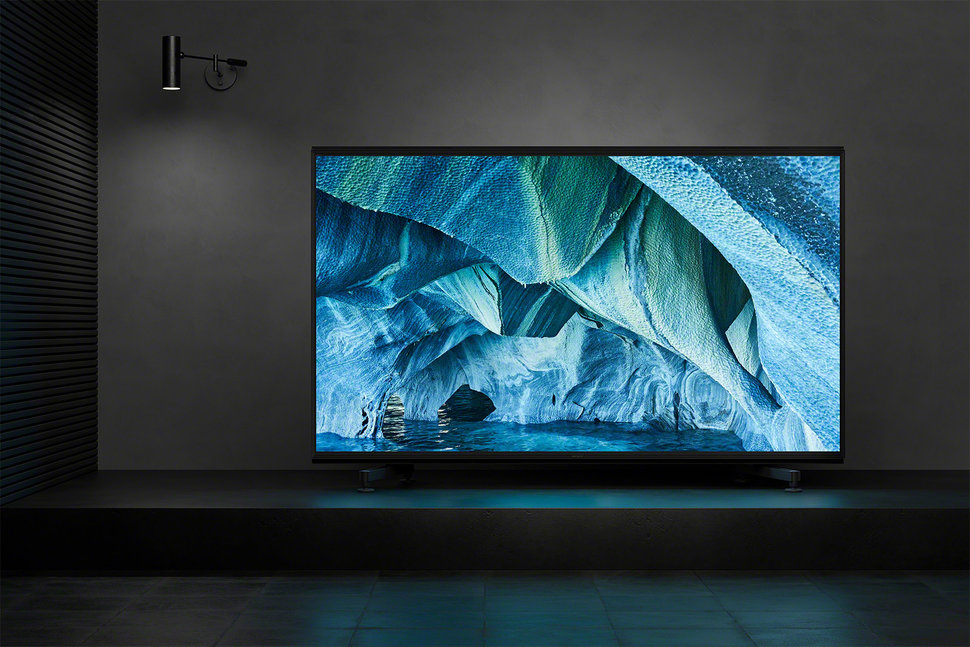
The country’s Internet network is not adequate to carry 16K content-this is a plain truth. And the production of a 16K panel, with current technologies and facilities, is an uneconomic undertaking. There is only one sector of the high-tech industry that could solve this issue relatively quickly: we are talking about gaming.
The gaming world is already technically capable of churning out the technology needed for 16K content, and some daring Youtuber has even managed the feat, taking advantage of state-of-the-art processors and graphics cards, and putting together 16 standard 4K displays. But that’s not the same thing as a single panel.
And in any case, consoles such as Xbox Series X and PS5 only recently introduced 4K; thus, 16K will remain off limits for many years to come.
When is the 16K coming?

Hard to answer, but a couple of certainties we have. Certainly not in the next few years: it will take a significantly longer time frame, and it will be a gradual transition. And with equal certainty we can say that before we see 16K begin to spread into the high-end market, 8K will have to have become the standard for the average family, as it is now for 4K.
According to data published by Omdia, 8K Smart TVs made up just 0.2 percent of all TV deliveries in 2021, but by 2025 they will reach 1.5 million units. In short, the road is now marked: sooner or later things will change. And in Japan, meanwhile, the first 8K channel in history has already been launched.



